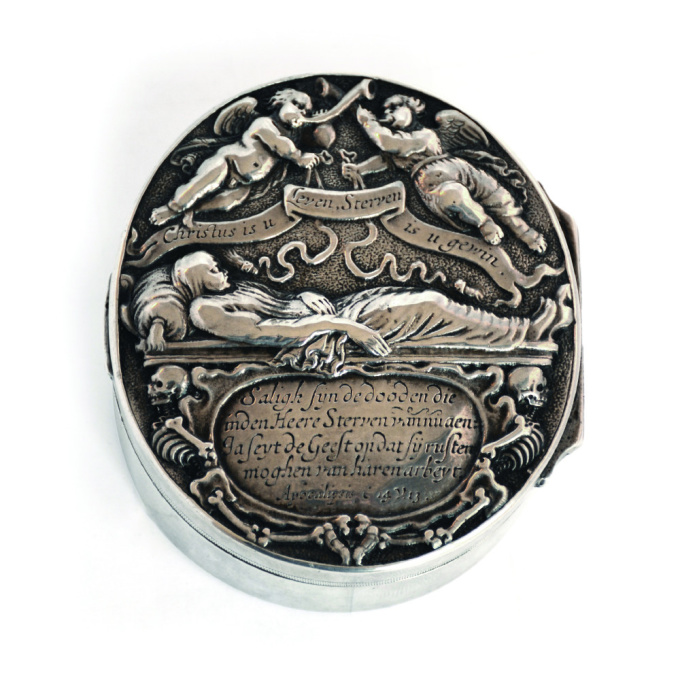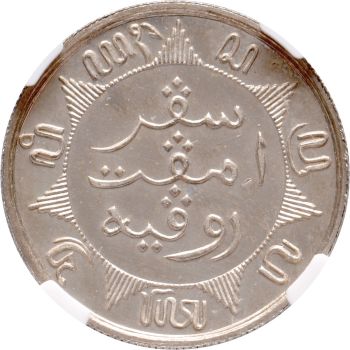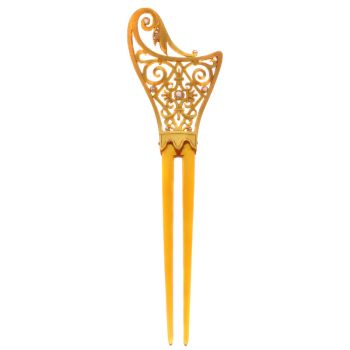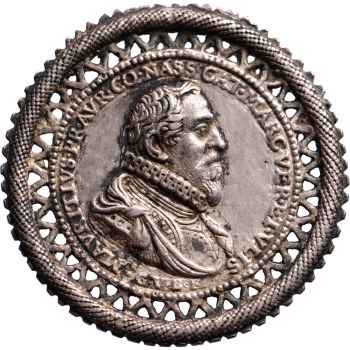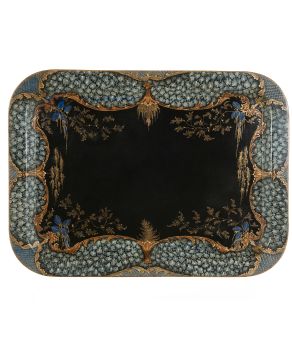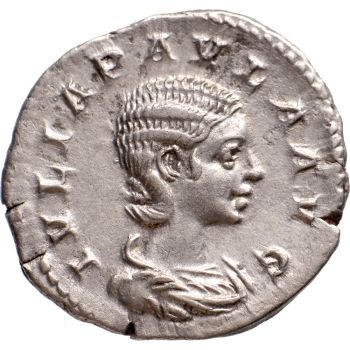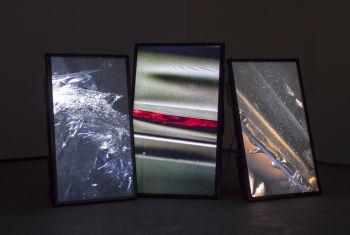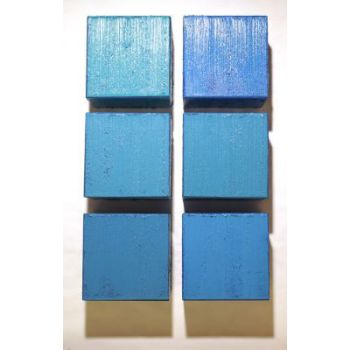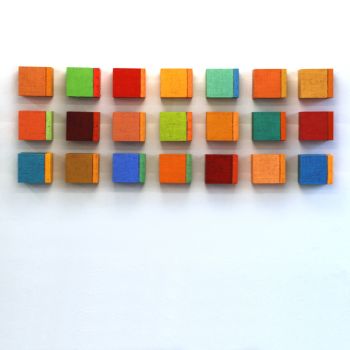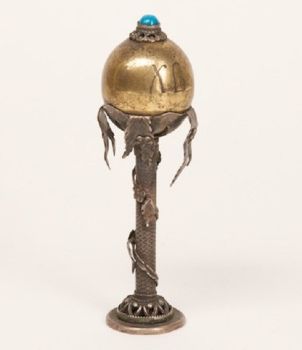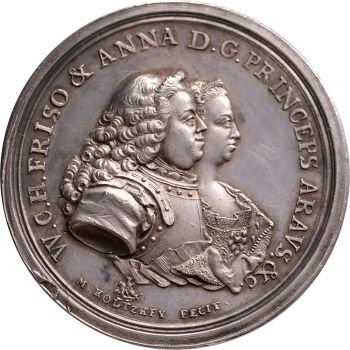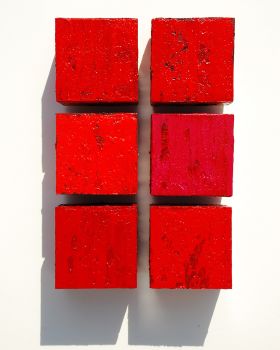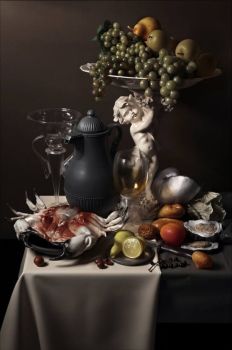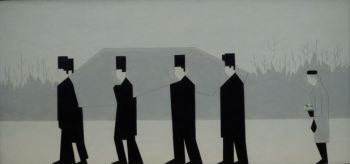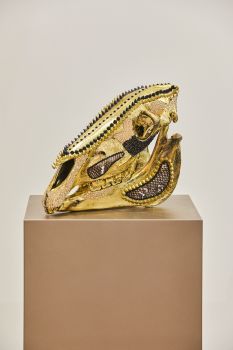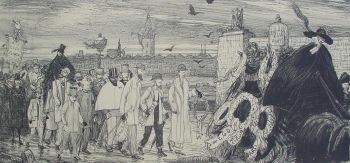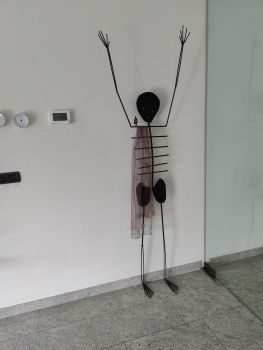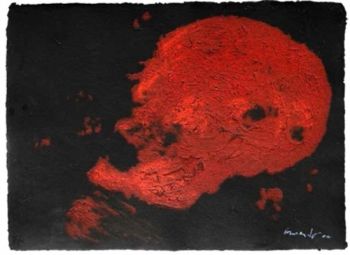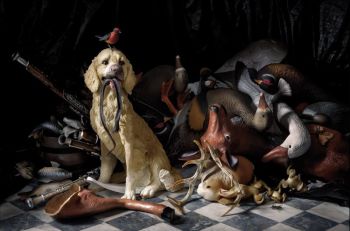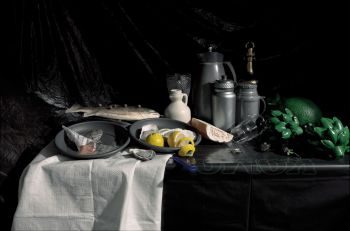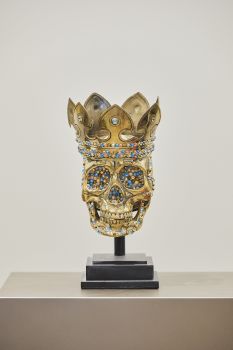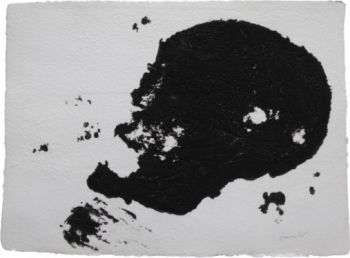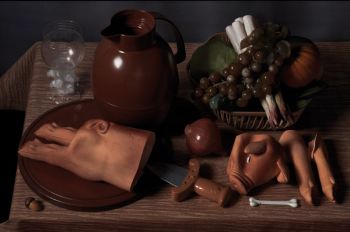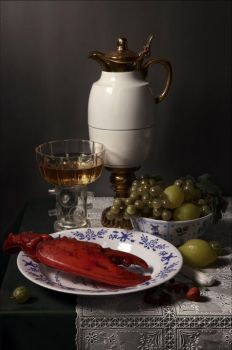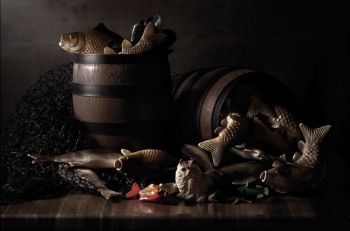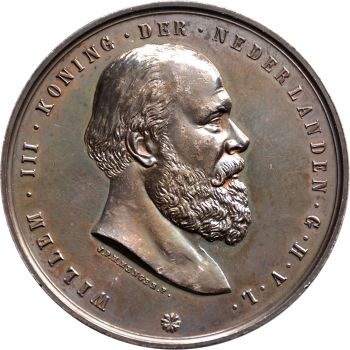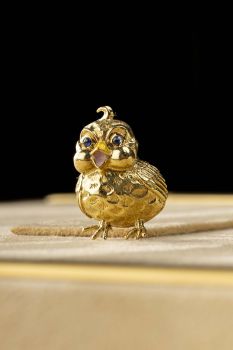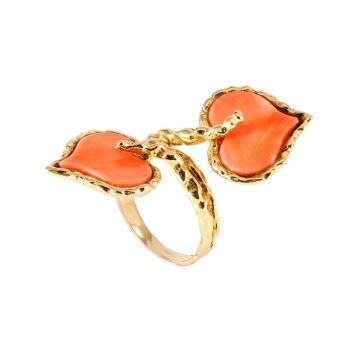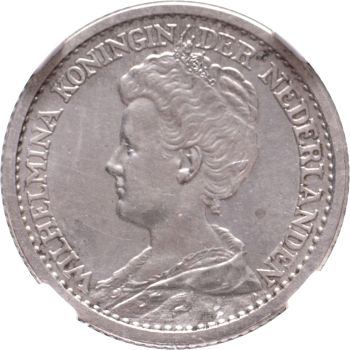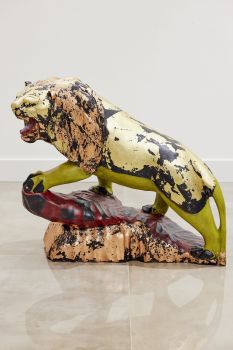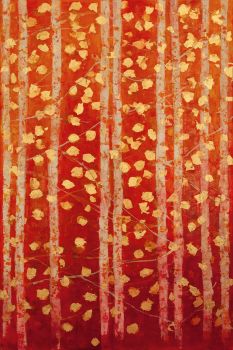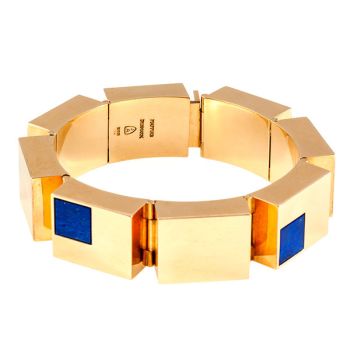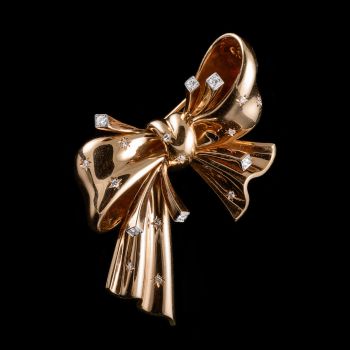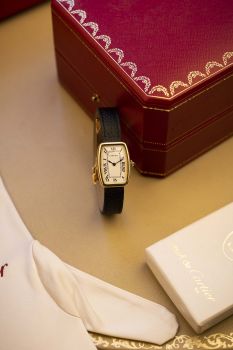Box for consecrated soil with one-sided medal on death 1650
Unknown artist
GoldSilver
7.10 ⨯ 6.50 ⨯ 2.40 cm
Currently unavailable via Gallerease
- About the artworkBox from the first quarter of the 19th century with 17th century one-sided hollow cast medal. Deceased lying on an altar, supported by two skeletons, in between a crouch with engraving: "Saligh sijn de dood en die / in den Heere Sterven van nu aen: / Ja seyt de Geest op dat sij rusten / moghen van haren arbeyt. / Apocalipsis c 14 v 13", two putti above, each blowing on a trumpet, holding a ribbon on which can be read: "Christus is u Leven, Sterven is u gewin."
Bottom of box engraved with floral ornaments within oval of geometric ornaments.
Guilded interior.
Dimensions: 71 x 65 x 24 mm
VERY RARE
These boxes, which originally came with a small scoop, were used at funerals by the catholic clergy. They came into use due the fact that in some cases the mortal remains could not be buried in consecrated ground. This could concern, for example, criminals, prostitutes or stillborn children out of wedlock. The priest would fill the box with some soil from the church cemetery and sprinkle it over the grave that lay outside the churchyard. A comfort for the bereaved, since the deceased would still rest in consecrated ground. - About the artist
It might happen that an artist or maker is unknown.
Some works are not to be determined by whom it is made or it is made by (a group of) craftsmen. Examples are statues from the Ancient Time, furniture, mirroirs, or signatures that are not clear or readible but as well some works are not signed at all.
As well you can find the following description:
•“Attributed to ….” In their opinion probably a work by the artist, at least in part
•“Studio of ….” or “Workshop of” In their opinion a work executed in the studio or workshop of the artist, possibly under his supervision
•“Circle of ….” In their opinion a work of the period of the artist showing his influence, closely associated with the artist but not necessarily his pupil
•“Style of ….” or “Follower of ….” In their opinion a work executed in the artist’s style but not necessarily by a pupil; may be contemporary or nearly contemporary
•“Manner of ….” In their opinion a work in the style of the artist but of a later date
•“After ….” In their opinion a copy (of any date) of a work of the artist
•“Signed…”, “Dated….” or “Inscribed” In their opinion the work has been signed/dated/inscribed by the artist. The addition of a question mark indicates an element of doubt
•"With signature ….”, “With date ….”, “With inscription….” or “Bears signature/date/inscription” in their opinion the signature/ date/ inscription has been added by someone other than the artist
Artwork details
Related artworks
Unknown artist
Dutchmen in Miniature18th century
Price on requestZebregs & Röell - Fine Art - Antiques
1 - 4 / 12Unknown artist
Silver Russian Presentation Easter Egg1880 - 1899
Price on requestH.W.C. Dullaert Art & Antiques Dealer
1 - 4 / 24- 1 - 4 / 24
- 1 - 4 / 24

